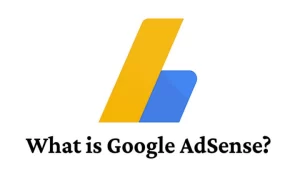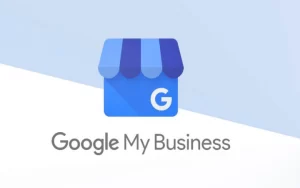Digital marketing is a term that Covers many different things. However, one of the key metrics is CPC, which stands for Cost Per Click. This is important to show that online advertising is effectively working. Here is a comprehensive guide to CPC advertising for digital marketers and small businesses. We will describe how it works, why it is good, and best practices for implementing this strategy in today’s competitive online landscape.
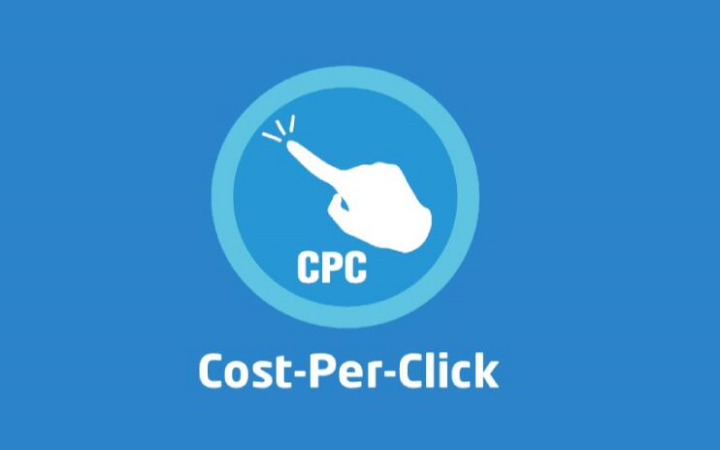
What Is CPC?
CPC is an abbreviation for Cost Per Click, which is a model used in paid online advertisements. Advertisers pay publishers (like search engines or websites) each time someone clicks on their ad. It is widely used to direct web traffic through search engine marketing and other forms of internet advertising. You bid on the maximum amount that you are willing to pay per click. After that, your ad goes into an auction with other advertiser’s ads to determine which ones get displayed.
How Does CPC Work?
When you visit a website, you will see ads. These ads are decided through auctions held by digital platforms. Such auctions are carried out by platforms example Google Ads or social media services.
An instant auction is held by the platform when you search for something or view content. Advertisers bid on keywords or audience groups that are related to your search or content. It happens so quickly that you do not even notice it!
The highest bid together with strong quality factors makes the winning ad. Quality factors comprise appropriateness to your search and having a good landing page experience. At times, the highest bid itself cannot guarantee winning alone.
If you click the winning ad, the advertiser is charged. How much? Their bid amount is multiplied by their ad quality score (which also influences ad placement). That is the Cost Per Click in action right then and there!
Pros and Cons of CPC Advertising
The digital marketing strategy presents the pros and cons of CPC advertising. Unlike pay-per-impressions methods, this cost-effective model only charges people for clicking on an ad. Clicks give clear metrics for tracking campaign ROI, while advanced targeting ensures that the right people see them.
Benefits of CPC ads
- Budget-Friendly: In PPC ads, you will only need to pay when someone clicks on your ad. This method allows people to save a lot compared to other advertising channels.
- Quantifiable Outcomes: With clicks, it is possible to know the exact number of times an ad has been accessed thereby providing concrete data on its performance and return on investment per campaign.
- Precision of the Audience: Demographics such as; age group or gender who would be interested in such product are used while narrowing down to specific users thus increasing relevancy level among different people groups or cultures.
Cons of CPC Advertising
- Expensive: It may cost less than CPM (cost per mile), but expenses can add up quickly especially if the keywords are competitive and clicks are coming from desired markets.
- Time-Consuming: To ensure that the cost per conversion is competitive, it is important to keep optimizing and tweaking your campaigns regularly. This might mean a heavy investment in terms of both time and money for management.
- Complex Know-how Needed: To run a successful ad campaign on any CPC platform one must understand how that specific tool works as well as what would make people click based on their needs at different times—which varies by industry/niche.
Calculating Cost Per Click is Easy
As I said before, we need to figure out what your average cost per click is because it’s easy math once the numbers are known.
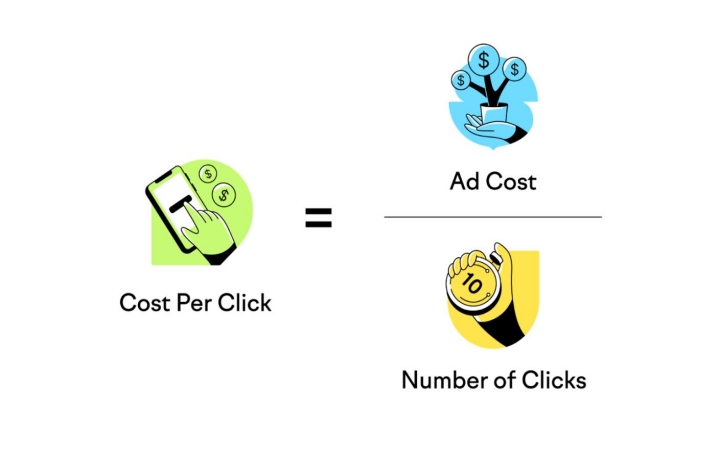
CPC = Total Cost ÷ Total Clicks
Suppose an advertising campaign is worth $2,000 and it gets 400 clicks. Then, for each click, you would calculate the CPC as follows: 2000 ÷ 400 = $5. So in this case, each click costs $5.
When You Should Change Your Campaign Settings
It is essential to keep an eye on your CPC if you want your campaign to succeed. If it becomes too high, then you might have to consider changing the keywords that you are using or even updating your bid strategy based on ad quality scores among other things.
Cost-Per-Click: Crucial Factors at Play
To bring CPC under control it is very important to have a good familiarity with its major cost-determining factors.
The Choice of Keywords is Crucial
Choosing the right keywords that correspond to your ad as well as the landing page is essential. High relevancy frequently leads to better ad positions and cheaper costs.
Create Impressive Ads
Headline to extensions – all parts of your ad should be of high quality. Click-through rates and conversion heavily depend on this, thus greatly affecting CPC.
Bid Amount and Competitiveness
Selecting the bid amount poses some difficulty. When it is too low number of ad views is reduced, and too high expenditure surges without substantial results being gained.
Quality of the Landing Page and User Experience
The “click” should be worth it for the page visited after clicking. A bad website or irrelevant information will lead to high exit rates which in turn decrease quality scores thus increasing click costs additionally.
Top 5 PPC Ad Networks of 2024
In 2024, there will be particular PPC networks that will prove to be the best by providing measurable advertising solutions. These networks have achieved success through being effective and data-centric.
Google Ads – The Entry Point to the Internet Audience Targeting
Google, despite fierce competition, maintains its top position as the most dominant search engine in the industry. Integrated with a user-friendly interface, it bridges the gap between consumers and businesses as no other platform does. Every day billions of searches are made on Google. Various ad formats such as text and video allow you to attract potential customers at different stages of their purchase journey.

Key Advantages:
- Limitless Reach: Google’s prevalence as a search engine implies that ads can be seen anywhere on the entire web.
- Exactness in Targeting: Using location, device type, and behavioral metrics, advertisers can direct their messages to very specific groups of people.
- Transparency through Data: Detailed statistics reveal when ads were at their best and how users engaged with them, thus enabling informed decision-making for better results.
Tips:
- Sort out your promotions: Group your campaigns according to the related products/services. It helps in managing and refining your AIDs.
- Use ad extensions wisely: Provide additional information using extensions – they give context.
- Strategic implementation of negative keywords: This will exclude irrelevant searches that would otherwise make the campaign less effective.
Microsoft Ads – The Google Ads Competitor
It used to be Bing Ads, but now it’s called Microsoft Ads. The option of ‘not Google’ has gotten a lot better. It’s a smaller market share, so the click costs are cheaper. You might also find people who haven’t been reached yet.
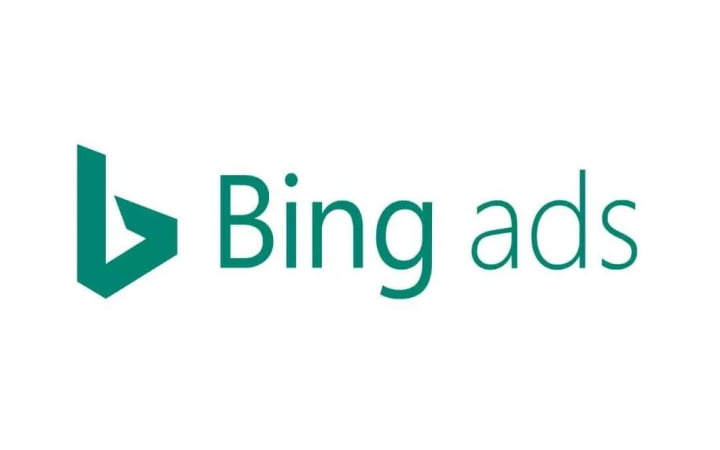
Main Advantages:
- Low Cost Per Clicks for Ads: Fewer opponents mean lower advertising costs on Microsoft Advertising pay-per-click campaigns, which allows advertisers with limited budgets to achieve higher returns on investment (ROIs).
- Powerful Analytics Tools: The platform offers many different kinds of analytics tools that can be used to measure the performance of ads and levels of engagement by users.
- Specific Targeting Options: By using the Microsoft Audience Network (with AI), you can serve your ads to people all around the world who would be most interested in them.
Vital Hints:
- Brighten Image and Video Adverts: Video ads are eye-catching so are image ads too. They’ll make your Microsoft Ads stand out from a crowd of text ads.
- Test Diverse Audience Groups: Try different audience segments and see which ones respond most to your Microsoft Ads.
- Utilize LinkedIn’s User Information: Microsoft owns LinkedIn now so when you target your ads, it taps into their extensive pool of professional data.
Facebook Ads – The King of Social Ad Platforms
Ads on Facebook are popular with a daily number of active users exceeding one billion. This is because the platform has a large user base and various types of advertisements that fit in with different newsfeeds or stories.
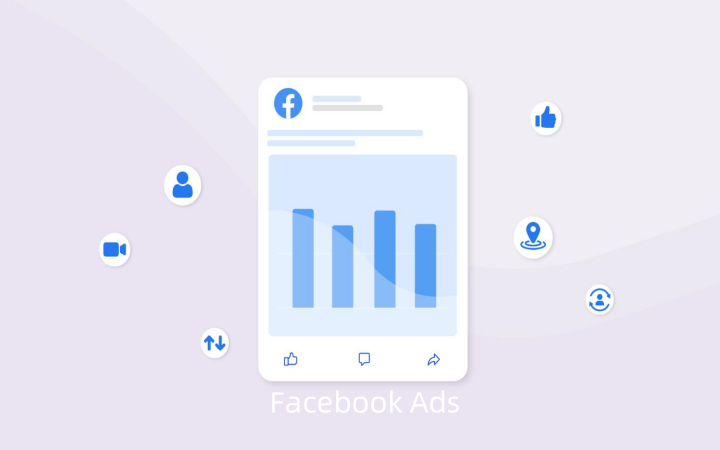
Key Benefits:
- Wide Range of Viewers: An advertiser can place a highly targeted advert since Facebook has users from all corners of the world and all demographic segments.
- Engaging Ad Formats: Facebook ad formats allow you to create visually appealing ads that are also interactive e.g., slideshows or carousels.
- Insightful Ad Tools: Various comprehensive advertisement analytics tools can be used to track the performance of an advertisement and the level of engagement with users.
Expert Tips:
- A/B Test Ad Components: It is important to test a variety of images, advertisement copies, and calls to action.
- Utilize Retargeting: Attracting users who have visited your site or interacted with your content back.
- Leverage Lookalike Audiences: Use Facebook’s AI to find users similar to your best customers.
LinkedIn Ads – The B2B Networking Niche
LinkedIn has a feature called LinkedIn Ads that is made for professional networking. This makes it an excellent platform for B2B marketing.
What sets them apart from other ad types? There are advanced targeting options and formats designed specifically for professional audiences.
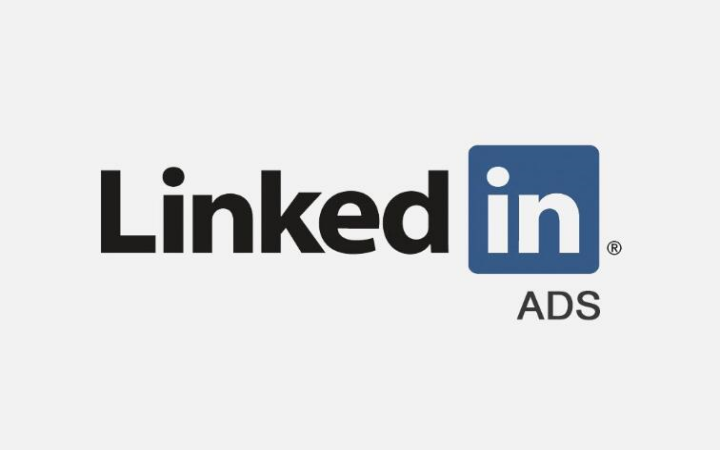
Main Advantages of LinkedIn Ads:
- Target Professionals: You can target by job title, company name, industry, and more to ensure your ads get to the right decision-makers.
- Lead Generation Forms: LinkedIn’s Lead Gen Forms make it easy for someone to submit their contact information so you can capture more leads.
- Business Branding: If your goal is brand awareness then this advertising platform should be among the first ones considered because it shows within an environment that is business-minded at all times.
Smart Recommendations:
- Create Valuable Content: The LinkedIn group are experts in their field so provide materials that demonstrate your knowledge and leadership.
- Mobile Phone Proofreading: A lot of people browse through LinkedIn using their phones hence it’s advisable to make your posts short and precise.
- Share Video Clips That Go Viral: Videos have a thing with attracting huge audiences on LinkedIn especially now with the increased video viewership.
Instagram Ads – The Visual Storytelling Platform
Instagram allows brands to reach out to young people who love visuals so much. It keeps attracting millions daily because of its emphasis on pictures.
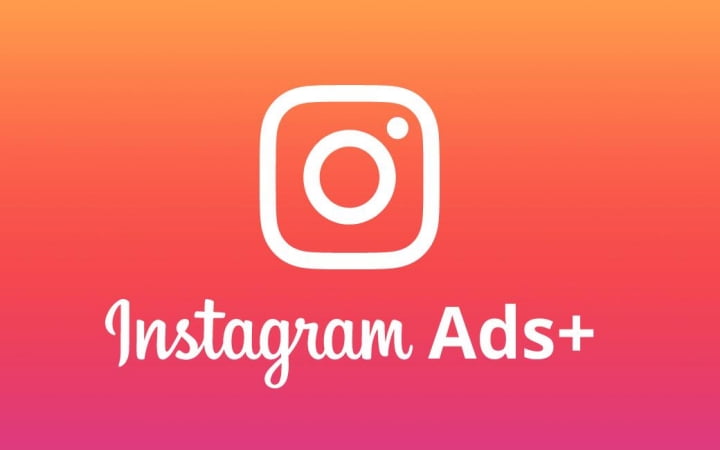
Key Benefits:
- Variety in Creativity: Advertising models give priority to photos and clips thus creating room for smart advertising.
- Integrated Purchasing: Ads allow users to buy directly which transforms Instagram into a revenue channel.
- Maximum Involvement: With the right content, targeting, Stories, carousel, and video ads drive strong engagement.
Pro Pointers:
- Keep The Look Uniform: Making publications feel similar improves how well advertising fits in and thus attracts attention.
- Tap Into Hashtags: By using smart hashtags, you can get your ad seen by people who don’t follow you.
- Show Off User Content: Want to share posts created by customers? Genuine ads always generate a lot more engagement!
How can businesses be successful by implementing CPC Advertisement?
The art of mastering CPC advertising is a skill just as it is a science. It requires a strategic approach, constant improvement, and a willingness to evolve. Below are practical ways that businesses can prepare themselves to be successful with CPC successful:
Identify Clear Campaign Objectives
Before setting the bid price for an individual keyword, you need to know what you are aiming at. Lead generation, sales on the internet, or raising brand awareness – whatever your campaign goal is will define your approach to CPC.
Perform Thorough Keyword Research
Having the right keywords to use in SEO is very crucial. The right keywords to use are long-tail keywords and negative keywords, which can save a lot of your advertising costs by saving money on PPC advertising costs and helping you win auctions at the same time.
Craft Compelling Ad Copy
Additionally, for a successful ad, ensure it’s an interesting ad that has a catchy headline, points out how your product is beneficial, and has a strong call-to-action (CTA). This ad would have a higher conversion rate as the ad will become interesting and it will also reduce the cost per click (CPC).
Optimize Landing Pages
If someone clicks on your advertisement, the landing page is very important. It has to be related and easy to use. Furthermore, there should be clear paths for conversion. Your quality score is enhanced by a wonderful experience on the landing page; at the same time, it lowers your CPC.
Bid Strategically
It’s necessary that your bidding strategy matches the objectives of your campaign and considers the limitations on funds. It is important to test different bidding strategies as well as amounts to determine which combination is most effective in terms of cost and performance.
Monitor and Optimize Continuously
To be successful in CPC advertising, you must stay sharp. It is important to watch over your ads regularly, try different things out, and alter them after seeing what works best according to the data until you get the desired results.
Measuring the Victory of CPC Ad Efforts
A triumphant CPC operation transcends simple clicks. It’s about the worth those taps bring. Here are the crucial indicators to monitor:
- Click-Through Rate: CTR gauges the proportion who click your ad after viewing it. An elevated CTR signifies relevance and engagement.
- Conversion Rate: CVR measures the percentage who completed a desired act on your site post ad click. This could mean a purchase, newsletter signup, or any other objective.
- Return on Ad Spend: ROAS illuminates the direct revenue generated by your ad investment. It’s pivotal for assessing campaign triumph.
- Average Order Value: What’s the usual dollars spent per order on your site? That’s AOV. An important gauge of how valuable ad efforts are.
- Cost Per Acquisition: Getting customers through ads costs something. CPA tracks that cost. It helps understand if a campaign delivers good returns.
FAQs
Are CPC and PPC the Same?
Yes, CPC is a type of PPC ad model. With CPC, advertisers pay every time someone clicks on their ad. However, not all PPC ads are priced based on CPC. Others may charge per impression or action instead.
How Do I Lower My CPC?
To bring down your CPC, concentrate on bettering keyword relevance. Likewise, work on enhancing ad quality and improving landing pages. You can also refine targeting and use smart budgeting. These are the main factors by which you should regularly optimize campaigns.
What Distinguishes CPC from CPM?
CPM means cost per mile which is a pricing strategy focused on visibility. Advertisers are charged for ad views under CPM. On the other hand, CPC revolves around clicks because companies only pay when users interact directly with the ad.
Conclusion
Advertisements that charge for each click are a powerful choice. If you use them wisely, plan carefully, and always improve, you will be able to bring your company to new heights in terms of online visibility as well as success. By smartly using our advice you can make good use of such types of ads. Attract more visitors, and increase conversions and profits among many other things when promoting products online through pay-per-click advertising because there is high competition for these spaces.
